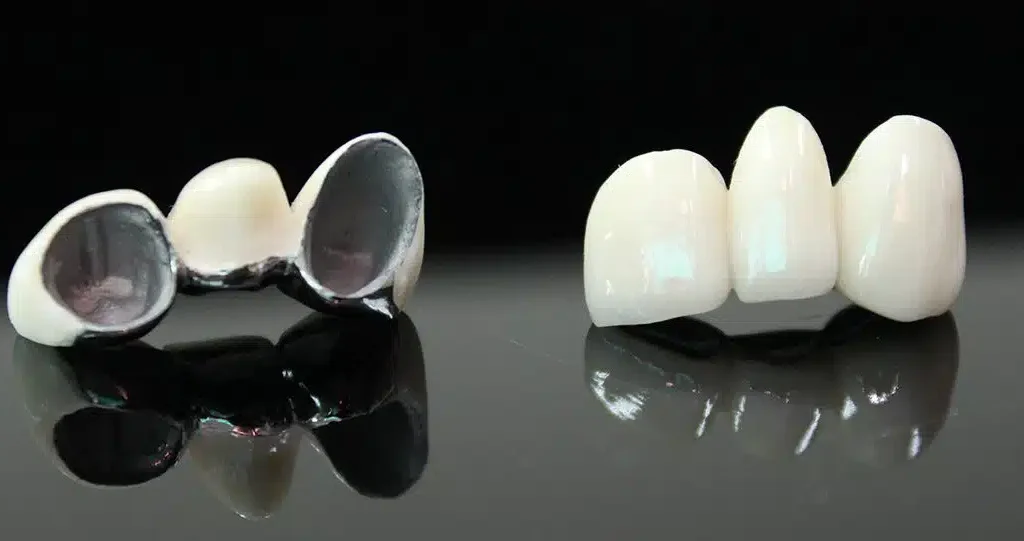Curious about our Insurance Policy?
Perfect Smile Dental Group in Whittier accepts most insurance plans, including:
- Geha
- Aetna
- Unum
- Cigna
- Metlife
- Anthem
- Sun Life
- Principal
- Humana
- Ameritas
- Guardian
- AlwaysCare
- Careington Care
- United Healthcare
- Blue Shield of California
We also offer flexible payment plans and financing options to make dental bridges and partials more accessible to patients across Whittier, California.
How can I learn more about the payment plans you offer in your dentures office near me?
Just reach out to our team! We’ll tell you more about these financing options and show you how affordable better oral health can be.

Schedule A Consultation Today










